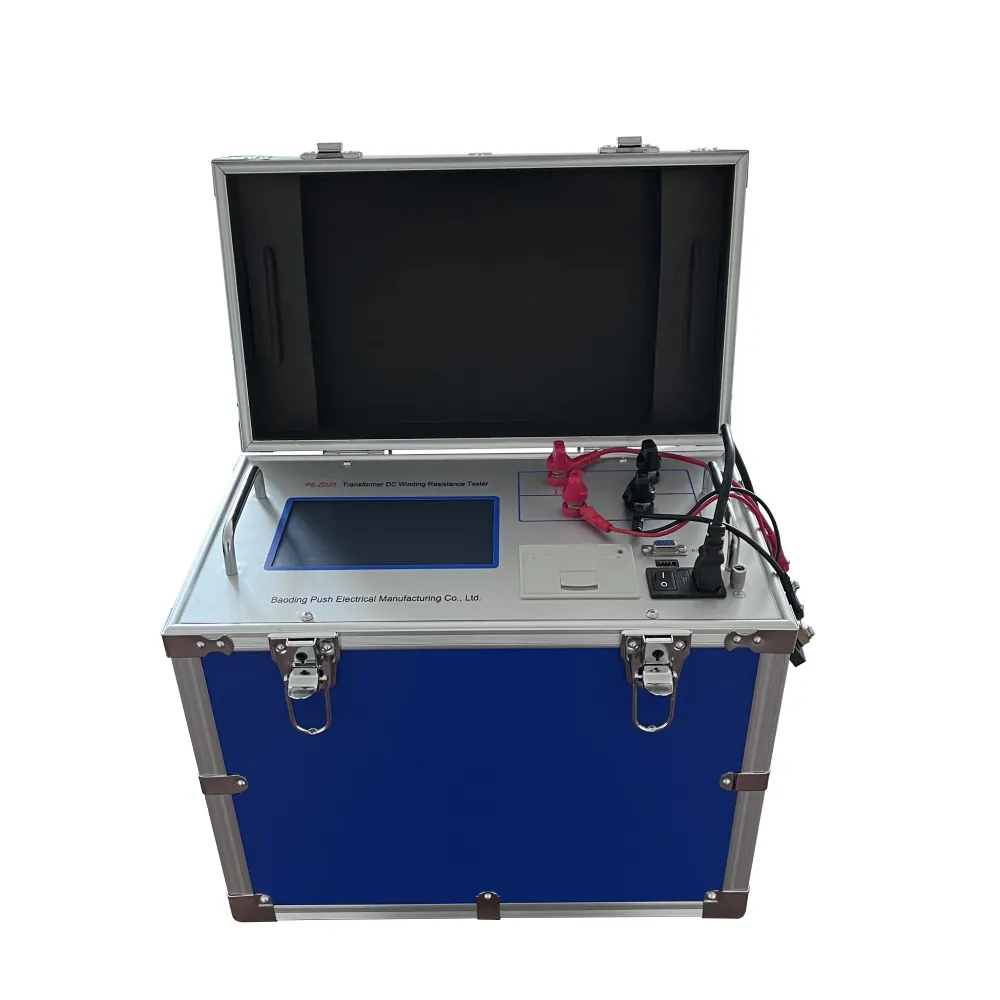 English
English


oil test in transformer
The Importance of Oil Tests in Transformers
Transformers are essential components of electrical systems, serving to transfer electrical energy between circuits through electromagnetic induction. Given their critical role in power distribution and control, the reliability and efficiency of transformers must be thoroughly monitored. One of the key aspects of transformer maintenance and monitoring is the testing of insulation oil, commonly referred to as oil tests. Conducting oil tests is vital for assessing the condition of transformer oil and determining the overall health of the transformer.
The insulation oil in a transformer performs several crucial functions. It serves as an insulator, preventing electrical discharges between the internal components of the transformer. Moreover, it acts as a coolant, dissipating heat generated during the electrical process. Over time, however, the oil can degrade due to factors such as temperature fluctuations, moisture ingress, and the presence of dissolved gases. Thus, regular oil testing is essential not only for ensuring optimal performance but also for prolonging the lifespan of the transformer.
The Importance of Oil Tests in Transformers
Another significant parameter is moisture content. The presence of water in transformer oil can significantly diminish its insulating properties and can lead to accelerated aging of the insulation materials within the transformer. Therefore, moisture analysis is critical, and the oil's water content should be kept below specified limits to ensure safe and efficient operation.
oil test in transformer

Furthermore, the acidity level of the oil is monitored through tests that measure the neutralization number (NN) or total acidity. Increased acidity can indicate oil degradation and the formation of harmful byproducts, which can corrode metal components within the transformer. Monitoring the acidity levels allows for timely interventions before severe damage occurs.
Color and visual inspections are also part of oil testing. By examining the oil's color and clarity, technicians can identify signs of contamination or breakdown products. A clear and light-colored oil typically indicates good health, while a darker hue may signal the accumulation of particulates and sludge.
Performing these oil tests regularly helps utility companies and maintenance teams make informed decisions regarding transformer operation and repairs. If tests indicate that the oil quality has deteriorated, they can take action—such as filtering, replenishing, or replacing the oil—to prevent catastrophic failures and costly downtime.
In summary, oil tests in transformers are an essential practice in electrical maintenance. They provide critical insights into the condition of the transformer’s insulation oil, ensuring that transformers operate safely and efficiently. Regular testing not only prolongs the lifespan of equipment but also safeguards the reliability of the entire power distribution network. With proper monitoring and timely interventions based on oil test results, utilities can enhance operational stability and prevent unforeseen outages, ultimately contributing to the overall success of their services. Investing in thorough oil testing is not merely a component of maintenance; it is a crucial element of a proactive approach to electrical system management.
-
Differences between open cup flash point tester and closed cup flash point testerNewsOct.31,2024
-
The Reliable Load Tap ChangerNewsOct.23,2024
-
The Essential Guide to Hipot TestersNewsOct.23,2024
-
The Digital Insulation TesterNewsOct.23,2024
-
The Best Earth Loop Impedance Tester for SaleNewsOct.23,2024
-
Tan Delta Tester--The Essential Tool for Electrical Insulation TestingNewsOct.23,2024





